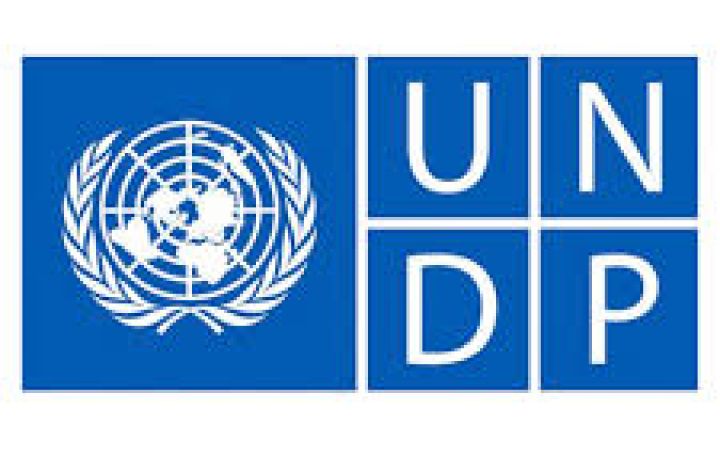In 2020, the United Nations Development Programme (UNDP) implemented the Vanuatu Electoral Environment Project (VEEP). This initiative aimed to assist the Republic of Vanuatu in the supervision of registration of electors and the planning and implementation of democratic elections for parliament, province, and municipal councils.
UNDP VEEP needed support from the United Nations Satellite Centre (UNOSAT) to identify housing buildings throughout the 83 islands in order to plan their electoral and civil registration campaign. Satellite imagery analysis has been useful globally in acquiring geographic information quickly and without a physical presence on the ground. Vanuatu is a small island country with complex geography, it is an archipelago made up of 13 principal and many smaller islands, making it difficult to navigate. UNOSAT specialized in providing geospatial support and satellite analysis, which was the best fit and priority for this initial phase of the project.
MISSION
UNOSAT was given the following mission:
- Provide an estimate of building count over all islands;
- Produce atlas maps to guide offline and online field data collection for voter registry validation;
- Collect and visualise all other data relevant to the project including the available most accurate population estimates;
- Design tools and produce maps to support fieldwork, and election planning and implementation activities;
- Provide technical support throughout project implementation.
OUTCOME
Throughout the project, UNOSAT provided various products including static and dynamic online maps, as well as overall assistance in data sourcing, cleaning, and consolidation. To support data analysis and mapping activities, a rigorous data needs assessment was conducted, several datasets were collected from different sources and added to a consolidated database. Some of the datasets did not exist before: UNOSAT created new data such as building counts and supported the consolidation of numerous data on village locations and names to create the first comprehensive georeferenced village dataset in Vanuatu.
Several geographic and demographic data were gathered and analysed to produce evidence-based outputs, to aid in election planning and implementation. Through the development of dedicated web applications, UNOSAT provided insights on voting participation and analysis of results, in the Vanuatu provincial elections that were undertaken in May 2021. For example, an online, interactive Web Map was developed to display all available baseline datasets from the project including, polling stations, building points, area council boundaries, roads, and settlement areas. The platform also visualised analysis that was conducted to support the elections planning, including the distance from polling stations to voters' residences and its impact on voting turnout.
The work undertaken to identify and map all buildings across Vanuatu has been valuable for field data collection where maps guided field agents to precisely locate where voters live and plan ahead on how to reach them and allocate relevant human-resourced needs. That has not only saved valuable time for the Civil and Electoral Registries field validation exercise but also has allowed UNDP and local government staff to allocate the time for other operational activities, which helped in making the Vanuatu provincial elections a success.
The data analysis and visualisations conducted in this project are great examples of how satellite imagery-derived products, geospatial applications, and other qualitative data can be used together to provide insights for decision-makers ahead of elections. This type of analysis can be an indispensable tool to identify outlier populations and ensure maximum participation of citizens in provincial, national, or other forms of democratic elections.


